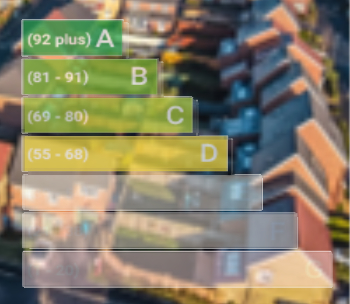Fillers for construction
In the construction industry, fillers are generally either:
- Materials that are added to other materials to modify them, making them cheaper, lighter and so on.
- Materials that create separation between other materials.
- Materials that are used to fill gaps in constructions, such as cracks, holes and joints.
Fillers for gaps have a wide range of densities, drying times, waterproofing, breathability, adhesive qualities, flexibility, colour, coarseness and so on depending on the required use.
For example, mortar can be considered a filler, as it effectively fills the gaps between bricks or stones. For more information see: Mortar.
Grout is fluid, viscous material that is used to fill and seal gaps. It is similar to mortar, but the water concentration is greater and it is less stiff which makes it more suitable for filling complex, inaccessible or small spaces. It is commonly used for tiling. For more information see: Grout.
Caulk is a commonly used filler used by decorators. It is a flexible filler typically made from acrylics or silicone, that dries quickly, but remains flexible, and so it is suitable for use where movement may be expected (such as between a plaster wall and a timber skirting). Historically caulk was made from fibrous materials that could be driven between boards, pipes and so on to make them waterproof, and rope caulks are still available. For more information see: Caulk
Silicone is a man-made polymer that is derived from silicon. It is a class of silicon-based chemical compounds that can be used to form flexible, adhesive, waterproof joints, for example around baths and showers. For more information see: Silicone.
Putty is made typically by mixing a finely ground chalk (whiting) with linseed oil. It is commonly used in traditional glazing to seal panes of glass into timber frames. Synthetic putty can be made using polybutene. For more information see: Putty.
Dry fillers are available in a powdered form, and typically consist of a powdered aggregate and an adhesive, to which water is added to the required consistency. They can generally be sanded when dry to a smooth finish and can then be painted with conventional paints.
Ready mix fillers are essentially dry fillers that have been pre-mixed so they are ready to use. They come in different degrees of stiffness, coarseness adhesion and flexibility depending on the use for which they are required. They also come in multi-purpose forms which are suitable for most common applications.
Highly-adhesive fillers are available which not only fill gaps, but also bond the items on either side of the gap, combining the properties of a filler and a glue. These are now commonly used as a substitute for nails.
Expanding foams are available for large, complex or difficult to reach gaps. They expand significantly on being discharged from a can to fill almost any size or shape or hole.
[edit] Related articles on Designing Buildings
Featured articles and news
Farnborough College Unveils its Half-house for Sustainable Construction Training.
Spring Statement 2025 with reactions from industry
Confirming previously announced funding, and welfare changes amid adjusted growth forecast.
Scottish Government responds to Grenfell report
As fund for unsafe cladding assessments is launched.
CLC and BSR process map for HRB approvals
One of the initial outputs of their weekly BSR meetings.
Architects Academy at an insulation manufacturing facility
Programme of technical engagement for aspiring designers.
Building Safety Levy technical consultation response
Details of the planned levy now due in 2026.
Great British Energy install solar on school and NHS sites
200 schools and 200 NHS sites to get solar systems, as first project of the newly formed government initiative.
600 million for 60,000 more skilled construction workers
Announced by Treasury ahead of the Spring Statement.
The restoration of the novelist’s birthplace in Eastwood.
Life Critical Fire Safety External Wall System LCFS EWS
Breaking down what is meant by this now often used term.
PAC report on the Remediation of Dangerous Cladding
Recommendations on workforce, transparency, support, insurance, funding, fraud and mismanagement.
New towns, expanded settlements and housing delivery
Modular inquiry asks if new towns and expanded settlements are an effective means of delivering housing.
Building Engineering Business Survey Q1 2025
Survey shows growth remains flat as skill shortages and volatile pricing persist.
Construction contract awards remain buoyant
Infrastructure up but residential struggles.
Warm Homes Plan and existing energy bill support policies
Breaking down what existing policies are and what they do.
A dynamic brand built for impact stitched into BSRIA’s building fabric.























